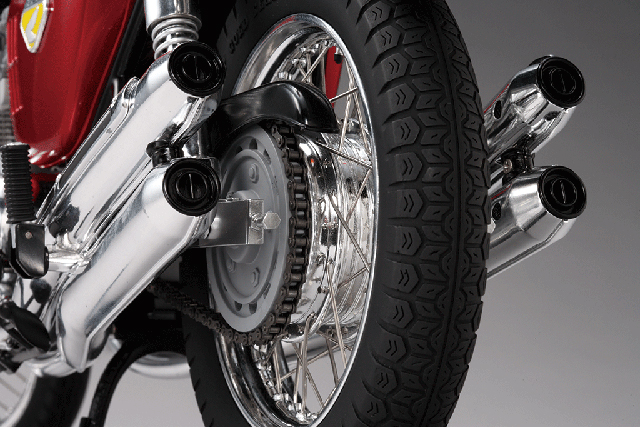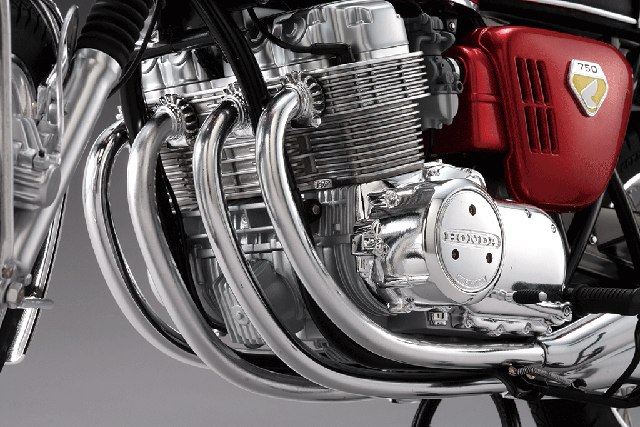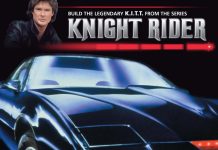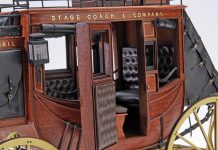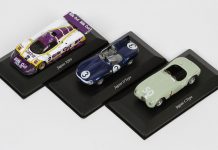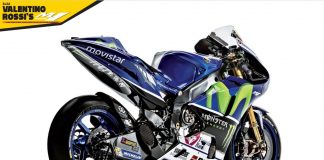Honda CB750 – History of the World’s First Superbike
Nowadays, when somebody mentions the term “superbike”, the first motorbike models that might spring to mind include the Suzuki GSX-R 1000 K5, Kawasaki ZX-10R, Honda Fireblade, Yamaha YZF-R1, Aprilia RSV-R, or if you’re feeling a little more old school, the Suzuki Hayabusa GSX 1300R. But before any of these powerful two-wheelers took to the streets, there’s one bike that paved their path and ushered in the age of the superbike – the Honda CB750.
So what made this particular motorcycle so revolutionary, and why do bike enthusiasts still clamour to get their hands on this classic model? Read on to uncover the origins of the world’s first superbike.
Honda CB450: The Predecessor
In many ways, the ongoing development and future of motorcycles in the 1960s hinged on the U.S. market. At the time, the majority of imported motorbikes came from Britain, with models such as the Triumph Bonneville proving particularly successful. Despite Honda exporting a majority of its Japanese-built motorcycles, they did not create any large-displacement bikes until 1965, when the Honda CB450 was born.
While the 450-cc bike generated reasonable sales, it was never considered a major product in America, with U.S. riders favouring responsive torque performance over superior speed. Tasked with helping Honda make its mark in the U.S., developer Yoshido Harada was told by American Honda staff in 1967 that “bigger was better”.
Designing the First Superbike
Initially developing a 650-cc to meet the demands of the American market, Harada received a reliable tip that the Triumph team were preparing a 3-cylinder 750-cc high-performance bike. Taking this information on board, the specification of Honda’s next motorcycle was confirmed, and by February 1968 designs commenced on what would become the Honda CB750 FOUR.
Up against tremendous competition from the likes of Harley-Davidson, BMW, and Triumph, the Honda team put their focus on volume, quality, safety, comfort and performance. They introduced the 4-cylinder, 4 muffler engine so that riders worldwide would associate the bike with the magnificent performance standards demonstrated by the machines of the Grand Prix.
With the clock ticking, engineering goals were introduced to ensure a smooth collaborative process between the production team and design engineers. Some of these targets included:
- Develop a reliable brake system which was resistant to high loads
- Cut down rider fatigue by reducing noise and vibration
- Maintain stability for high-speed highway riding (140-160 km/h)
- Extended service life for every bike, allowing for simple servicing and periodic maintenance
- Develop original designs that could be easily mass produced, using the best, latest technologies and materials available
By introducing new computer systems, development was streamlined and the above requirements and more were met, reducing the mass production time of the Honda CB750 FOUR.
Birth of the Superbike Godfather
The Honda CB750 was finally released in America in 1969, with a retail price of $1,495 – well below the $2,800 to $4,000 price tag of current large motorbikes being sold in the U.S. Such was the success of the CB750’s release that, though an initial 1,500 yearly units were forecast for production, this swiftly leapt to a monthly figure, and later increased to a whopping 3,000 units per month.
After its launch, the Honda CB750 fast became a favourite in America, Japan, and indeed the rest of the world, and to this day it remains high on many “best of” motorbike lists. With its four-cylinder, single overhead cam, it remains a classic ride, and bikes continue to garner high sale and auction prices today due to their historical significance and limited availability.
What is your favourite motorbike? Does the Honda CB750 rank in your top 5 bikes? Share your own motorcycle stories with us in the comments; we’d love to hear from you!


